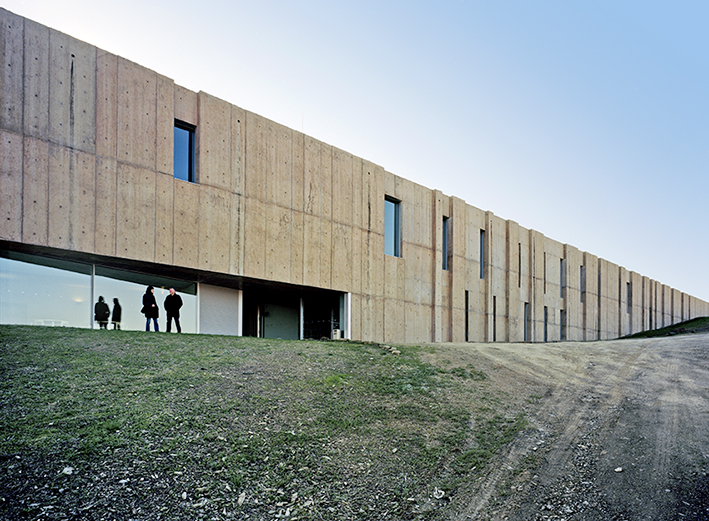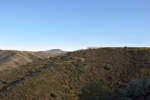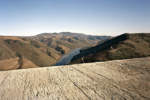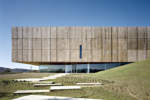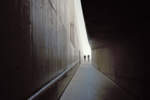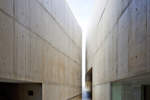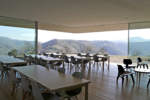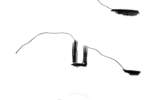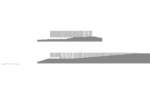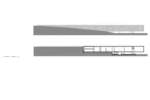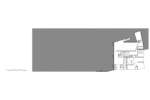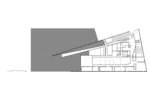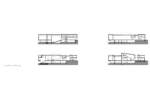architect: Camilo Rebelo, Tiago Pimentel/Sandra Barbos
location: Vila Nova de Foz Côa, Portugal
To build the Museum of Art and Archaeology of the Côa Valley we connected different parameters: topography, accessibilities and program. The fusion of these aspects was highly important for the concept definition, to conceive a museum as an installation on the landscape.
The topography was crucial in our decisions since we had to deal with an enormous difference between the museum entrance and the interior of the building. The arrival is made at the top of this topography and that was one of the reasons to create a platform, a terrace, a belvedere the stage scenario is the huge and impressive landscape with mountains and valleys. The arrival, a contemplation moment and a parking space as well, is at the same time the museum entrance.
The body strategy, in relation to topography, is natural; this means that the platform assumes the same level of the street that ends on the building while the terrain goes down along the side walls showing, in the front elevation, the total height of the volume.
On the higher level of the terrain, the monolithic triangular form is a direct result of the valley’s confluences. This triangular body happens in the middle line of the two valleys, facing them (Vale de José Esteves and Vale do Forno), the third side faces the crossing of Douro and Côa rivers. Its materiality evokes the local stone yards and reflects two different natures: the concrete’s matter and the local stone’s texture and colour. For the building expression we decided to use concrete made with shale pigment (local stone), the concrete’s texture was made with several molds that were extracted directly from the existing rocks.


